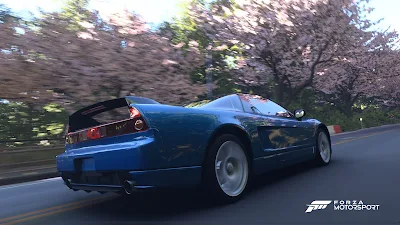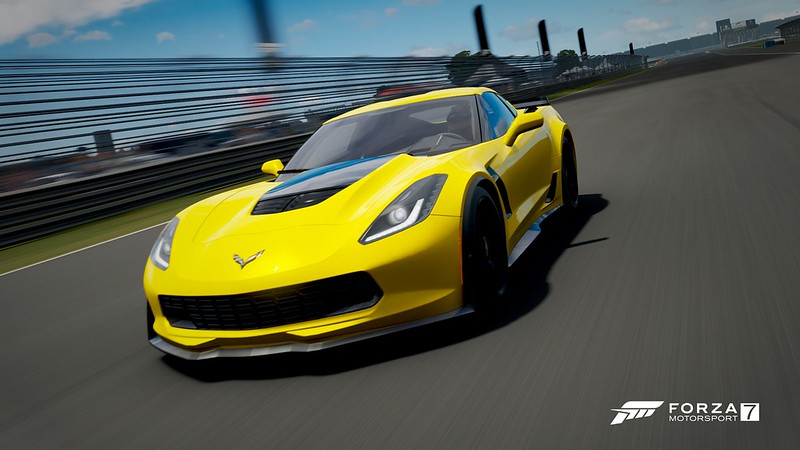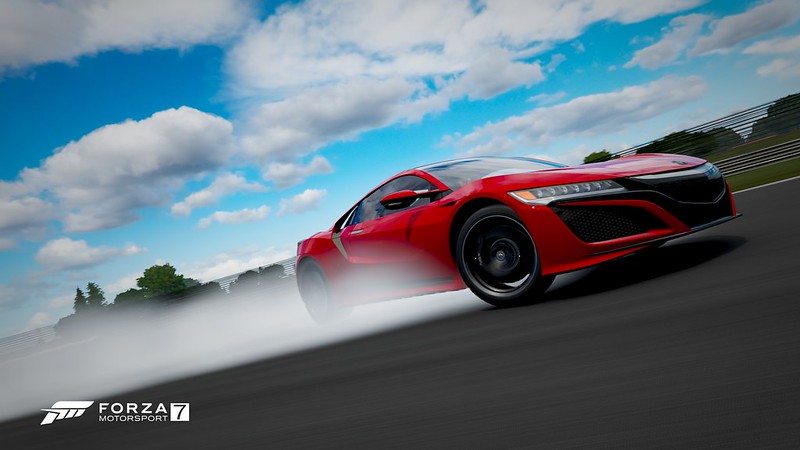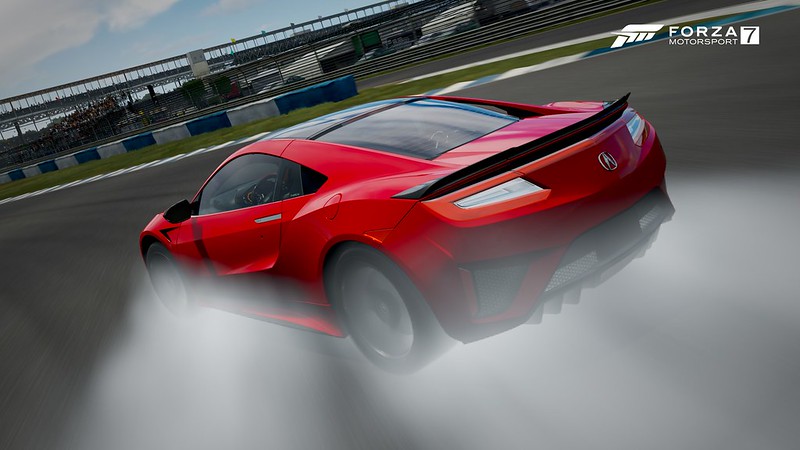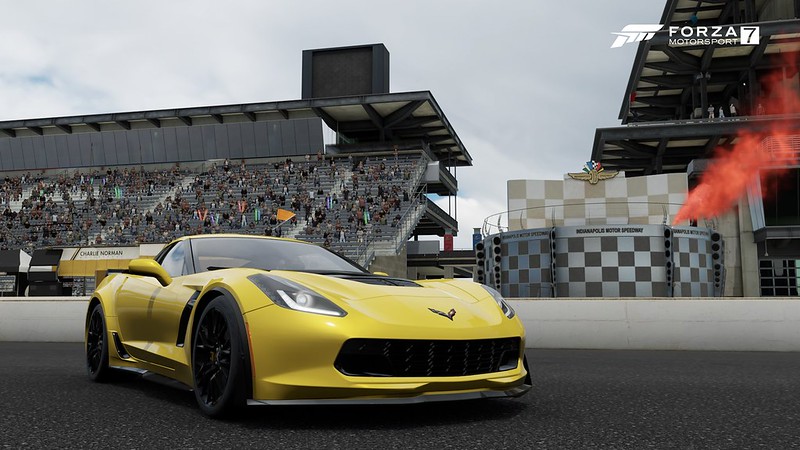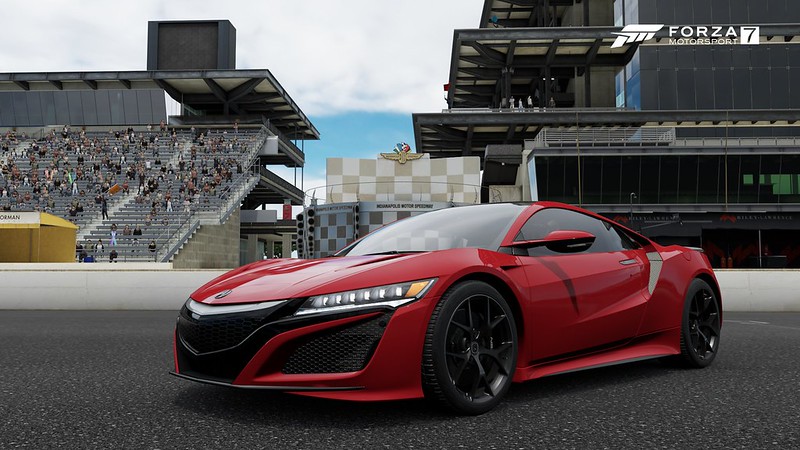What did the Acura NSX (NC1) Type S and the Nissan Z NISMO (RZ34) have in common? They are descendants of the cars that featured in the first two Forza Motorsport games, and having obtained these two JDM descendants, I got the chance to explain what's what.
Imagine Mal and Red from Descendants, with the NSX representing the original VK who restored balance, and the Z NISMO symbolizing the new VK ready to paint the story red. You get the point, but let's get on with the quick intro about these two...descendants.
Let's begin with the NSX Type S (NC1) from Acura, a car that I won from completing the entire Spirit of Forza Motorsport tour.
The NSX Type S is the final edition of the Acura/Honda NSX NC1, signaling the end of the second-generation NSX's production after its six-year tenure.
In addition to its aggressive design, the 3.5L V6 Twin Turbo Sport Hybrid SH-AWD powertrain was juiced to produce 608PS of power and 667Nm of torque. The improved 9-speed DCT with Rapid Downshift feature shifts 50% faster in Sport and Sport+ modes, while Track Mode provides earlier downshifts into corners thanks to a 1,500rpm increase in the rev threshold.
The available Lightweight Package shaves over 26kg of weight with the inclusion of a carbon fibre engine cover, steering wheel, and instrument binnacle, along with carbon ceramic brakes.
Only 350 units were made and sold, with 300 of them in the US market. Production ended in 2022. In Japan, where it was sold as the Honda NSX Type S, it is the last Honda to be powered by a V6 engine.
Let's discuss the Nissan Z NISMO (RZ34). It's important, so please pay attention. Originally, this car was a prize for completing the Update 20 Open Class Tour before the deadline of June 25, 2025. However, with the release of Update 21, it has now become a permanent prize car. You can obtain it by clearing the newly expanded and now-permanent Open Class Tour at the Builders Cup.
Let's give these descendants a mad dash around Laguna Seca, tasting the essence of what it's like to drive the descendants of the first two Forza Motorsport cover cars. Let's roll the tapes.
Rotten to the core, they said. Well, one of them is.
There's a saying that goes, "Find something to believe in and discover it for yourself. And when you do, pass it on to future generations." As descendants, we have a purpose: to share the stories of our famous predecessors. The NSX has fulfilled its purpose, while the Fairlady Z is still writing more chapters, albeit only a few.
Shame that they're the last new prize cars, not just the game itself, but for the rest of the Forza universe.












